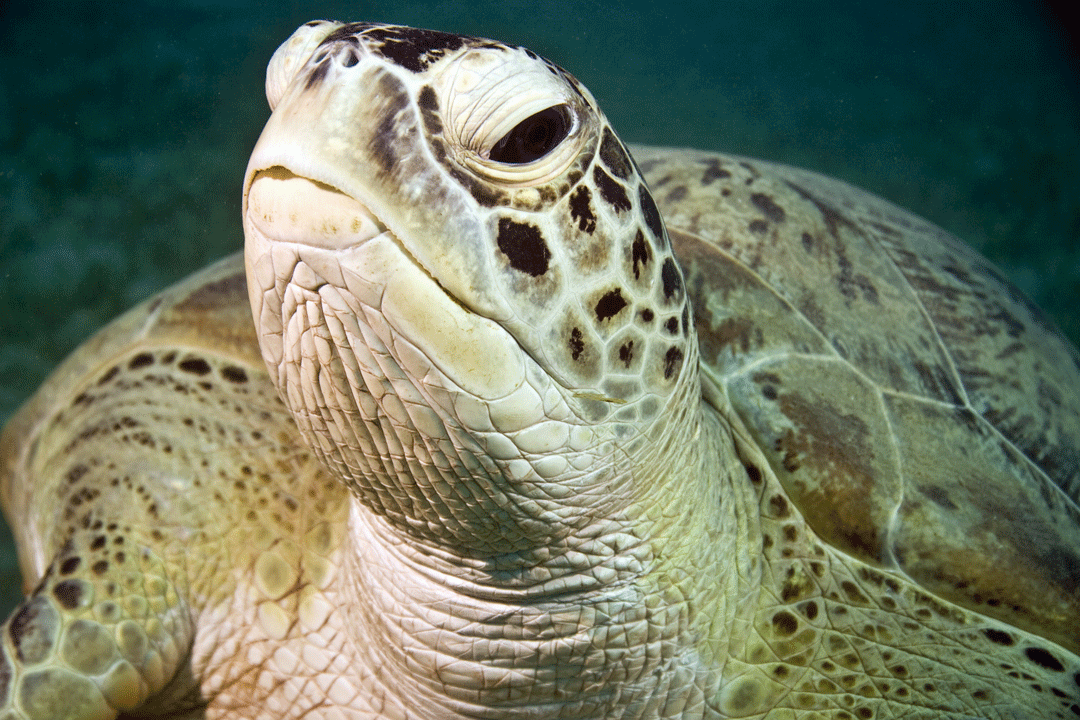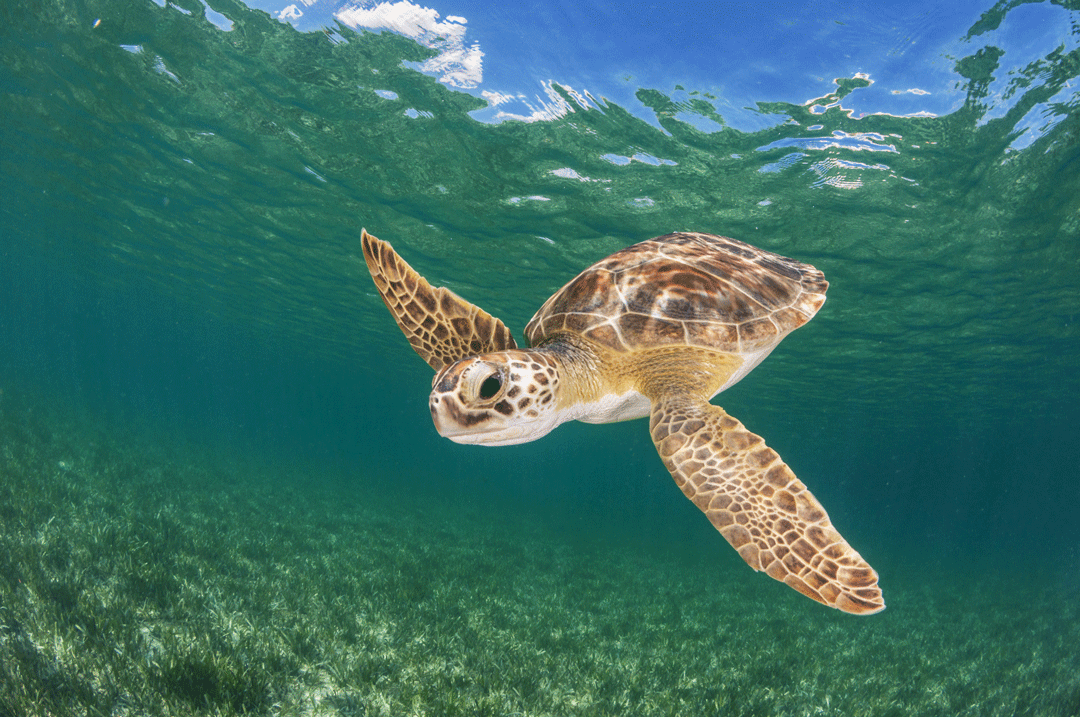Hotspots identified for turtle protection in the Bahamas
In 2000, Bimini was prioritized as one of five critical areas in the Bahamas to protect by the Bahamian Minister of Agriculture and Fisheries. What followed was a series of community meetings to establish where the borders for this protection should lie, and what kind of management should be in place. By 2009, the North Bimini Marine Reserve was promulgated but not gazetted by the Bahamian government. In 2012, the Bahamian marine protected area (MPA) network was assessed and found to be lagging behind on its commitment to protect 20% of biodiversity targets by 2020, as set by the Convention on Biological Diversity (CBD).

Photo © Stephan Kerkhofs | Shutterstock
With less than 5% of turtle habitat protected, and the Bimini MPA still pending, there has been renewed interest in the MPA in the eastern half of North Bimini being implemented. But what does this region really do to protect turtles, and can we assume it protects important turtle habitat?
Mariana Fuentes and her co-authors have published a new paper in the journal Biodiversity and Conservation. They looked at which areas around Bimini are highly utilized by juvenile green turtles (Chelonia mydas) to help better inform the current protected area boundaries. Here’s what they found:
- South Flats in south Bimini and Bonefish Hole on the north Island are important areas for protection of juvenile green turtles.
- Conservation targets wouldn’t be met with the current configuration of the North Bimini MPA: additional area in South Bimini needs to be protected.
- Turtle density was highest at South Flats, an area of coastal seagrass parallel to the south coast of South Bimini and at Bonefish Hole, a mangrove tidal estuary in northern Bimini that falls within the proposed North Bimini MPA.

Photo © Shane Gross | Shutterstock
The researchers suggest looking at how turtles of different size classes and life stages are distributed in the region in the future, and focusing on impacts to turtle habitat to better design protected areas in future. Any proposed MPA that aims to protect green turtles in the region should mitigate human activities that threaten seagrass beds around Bimini.
